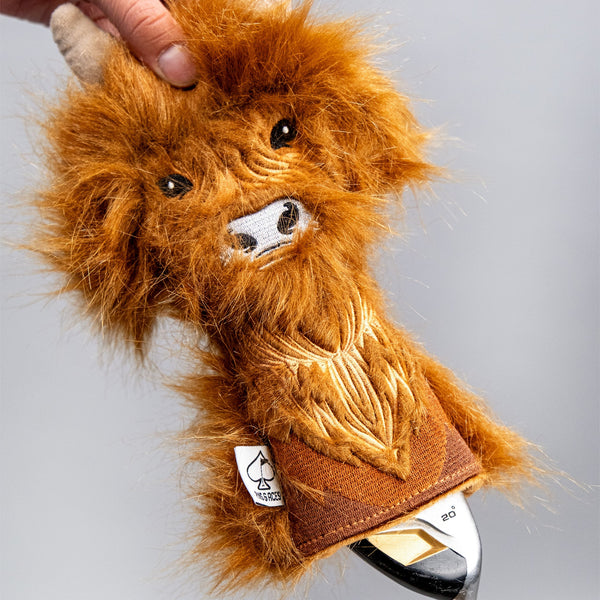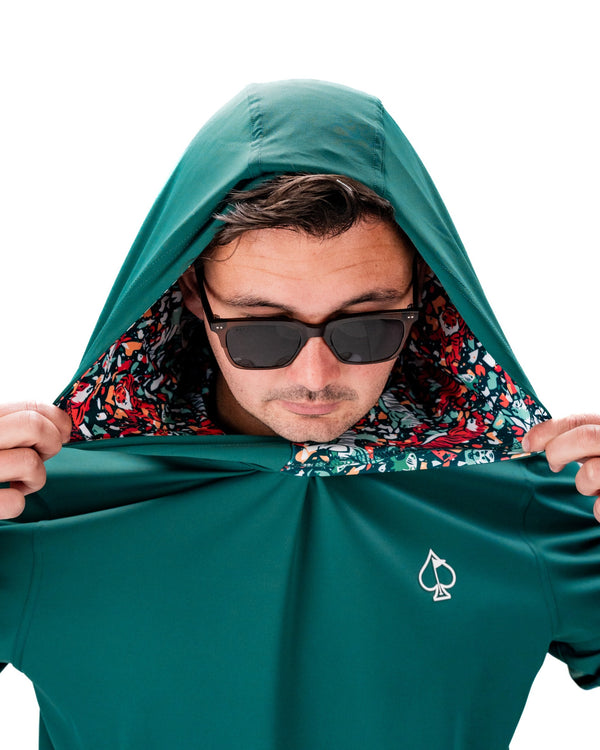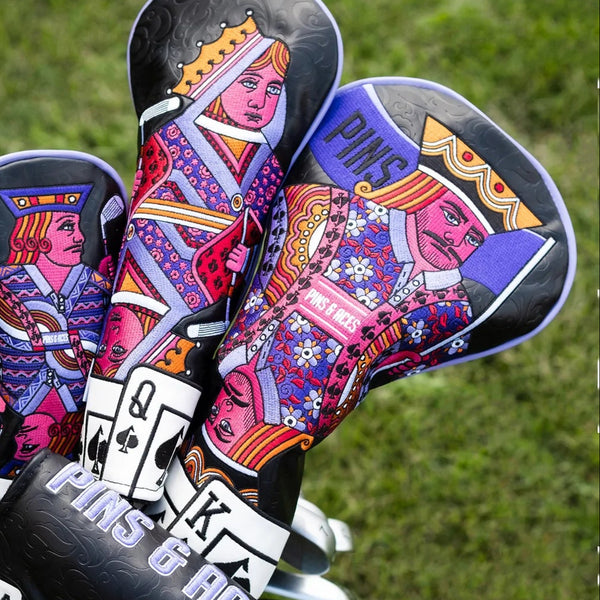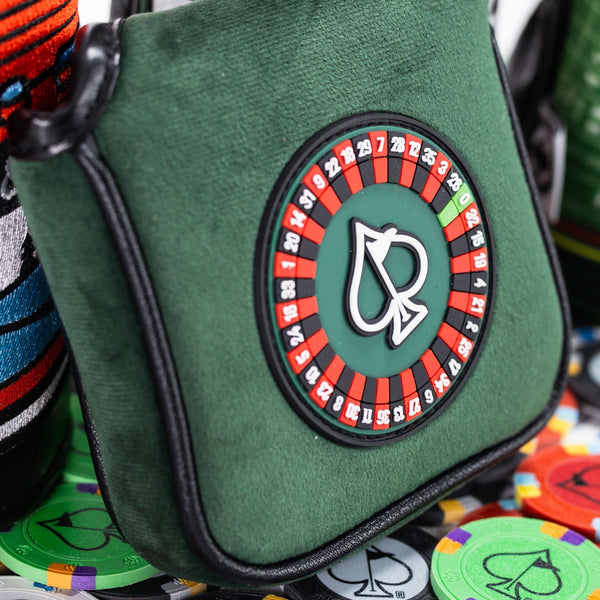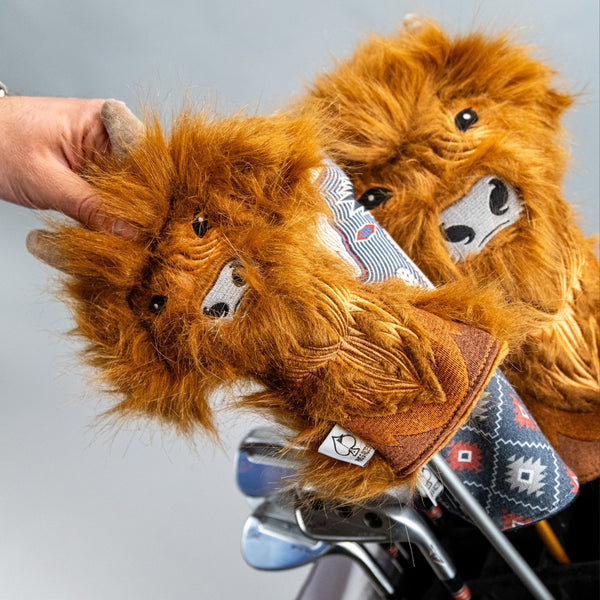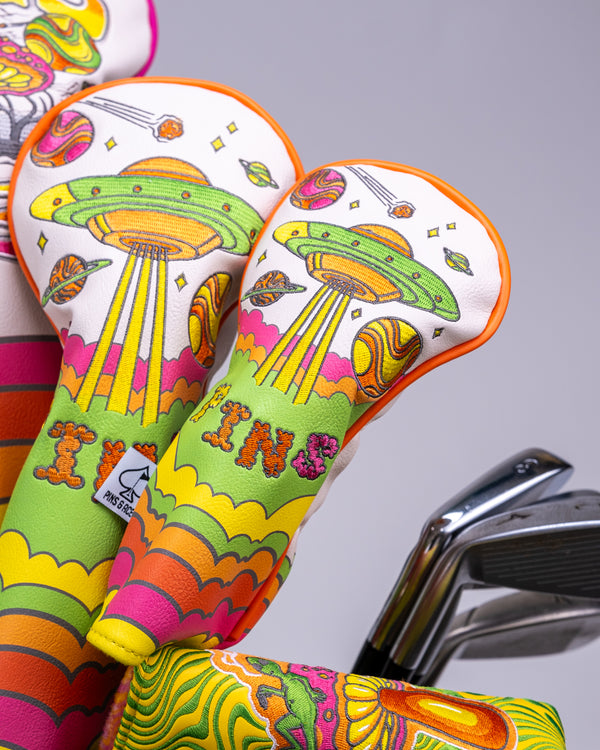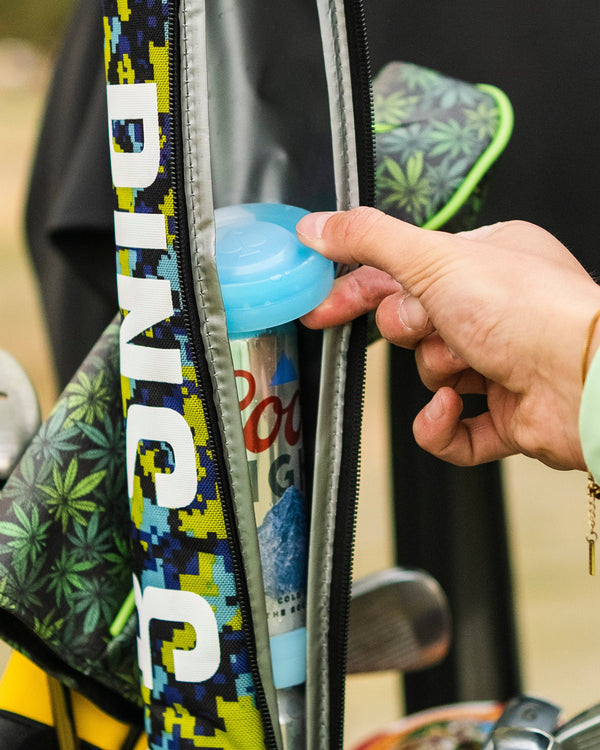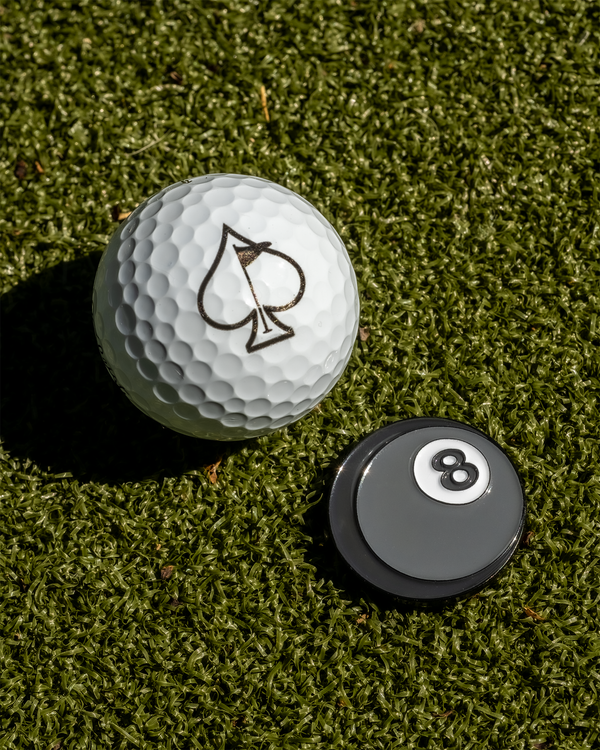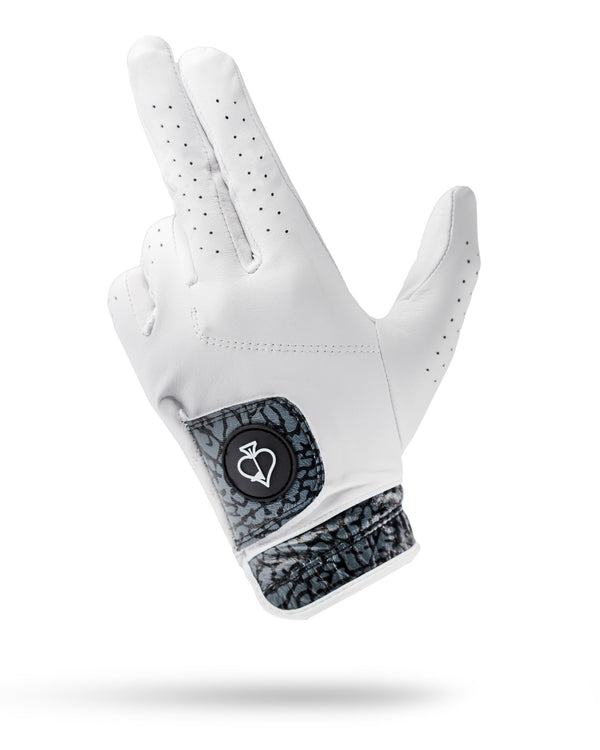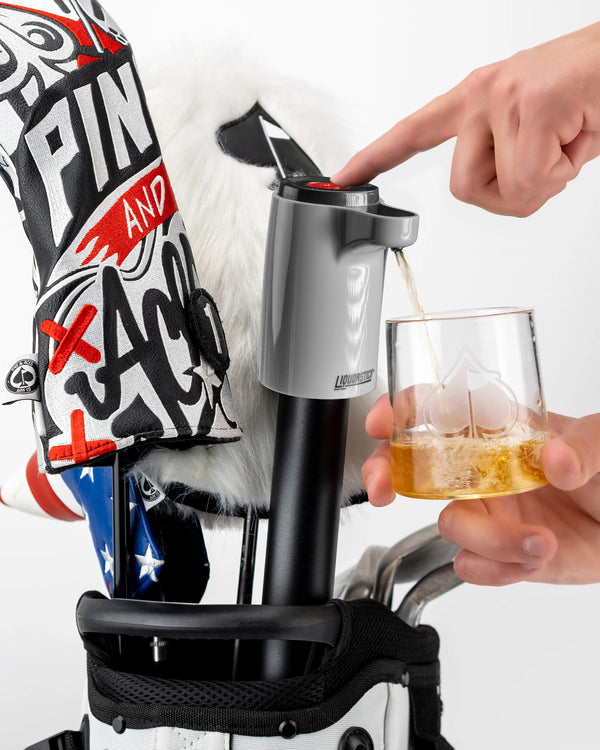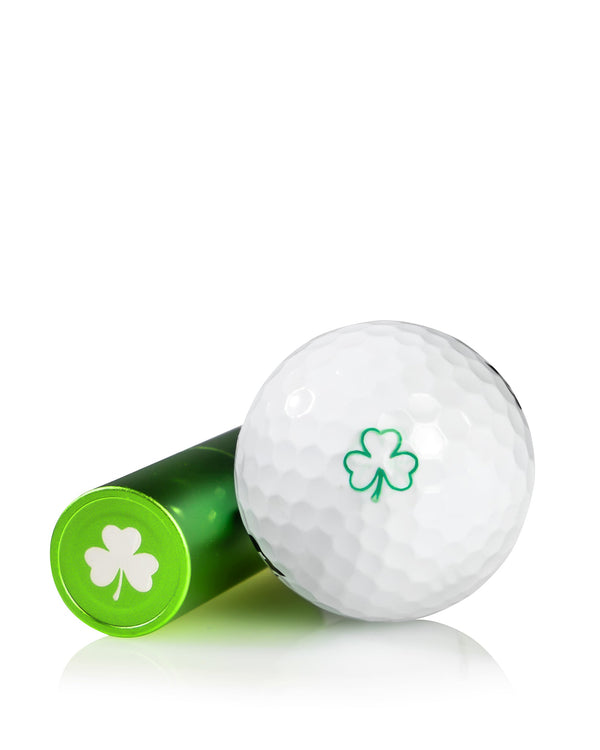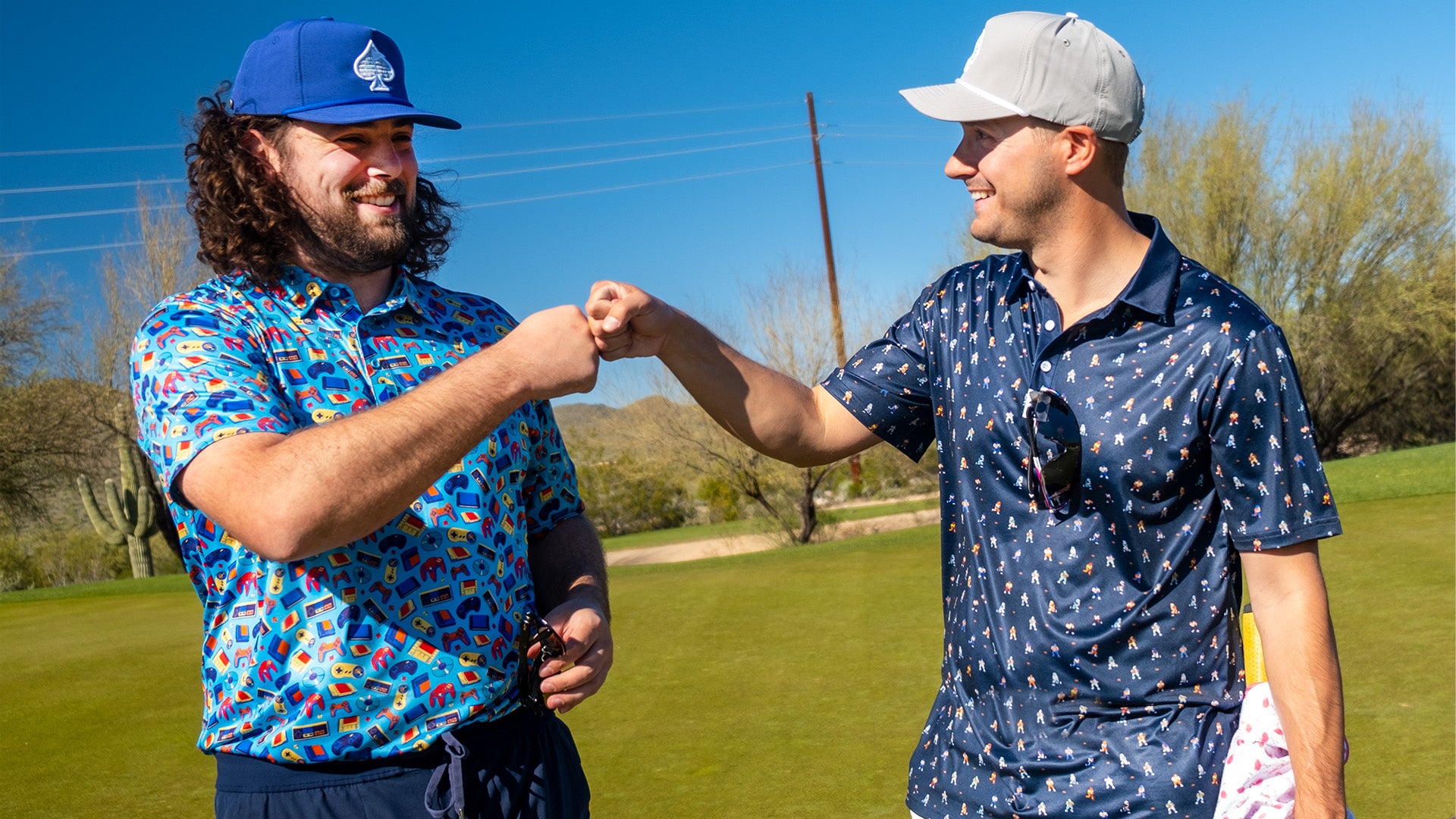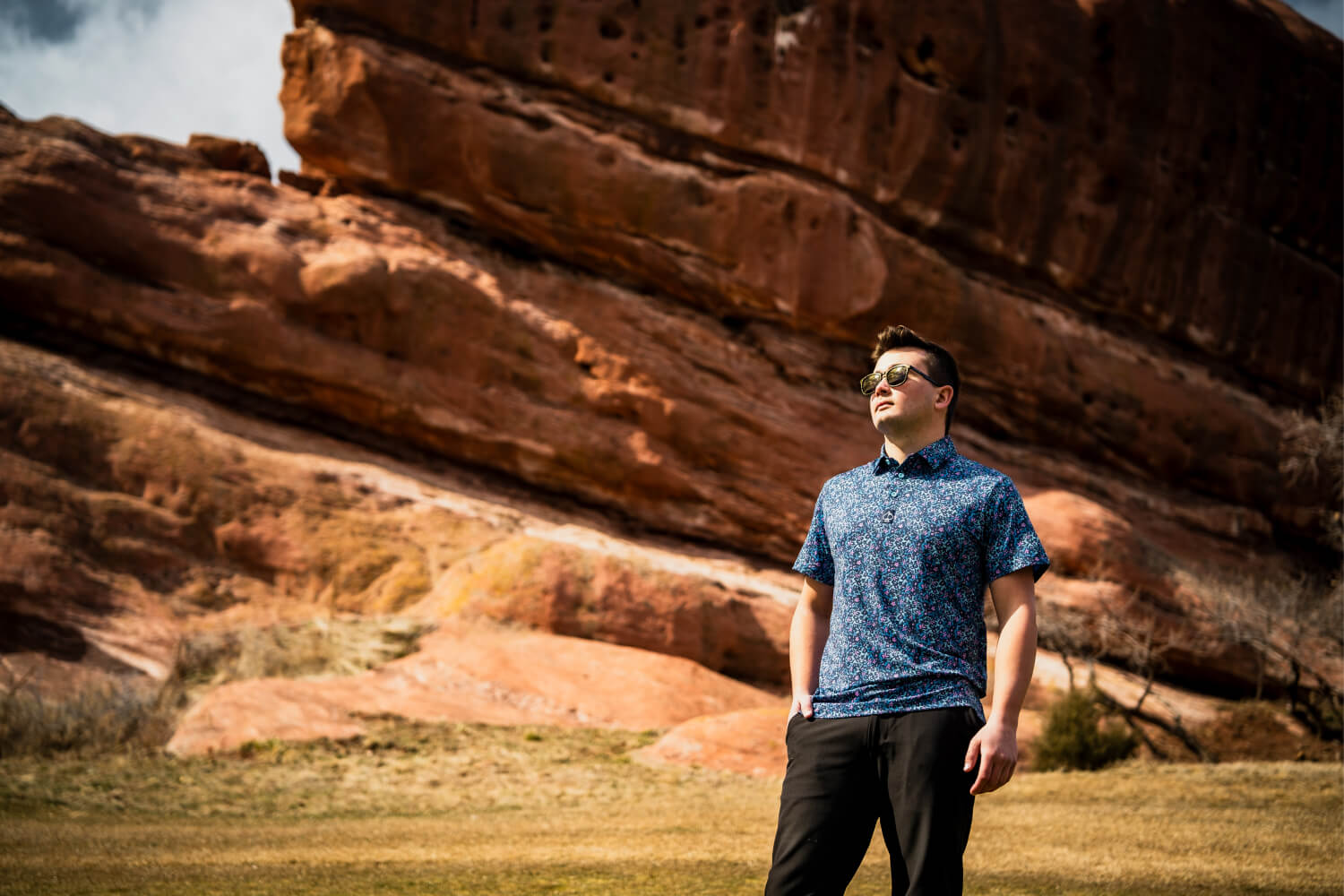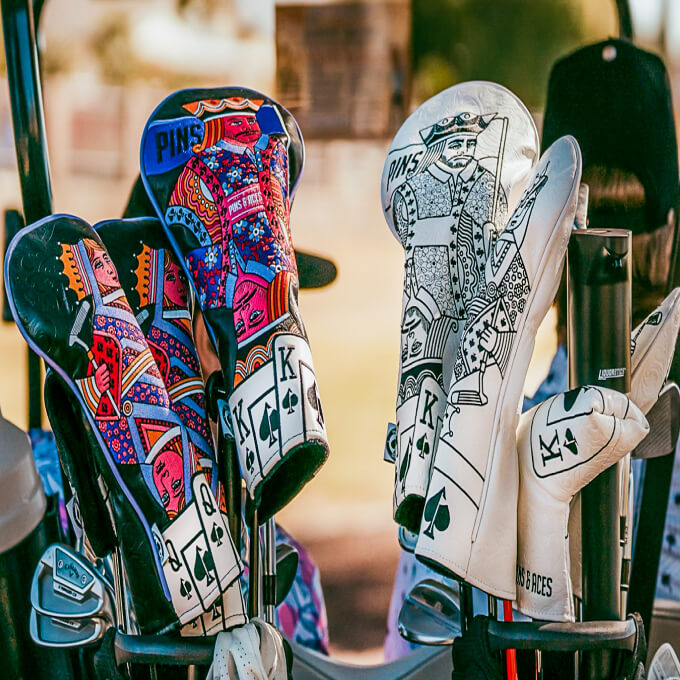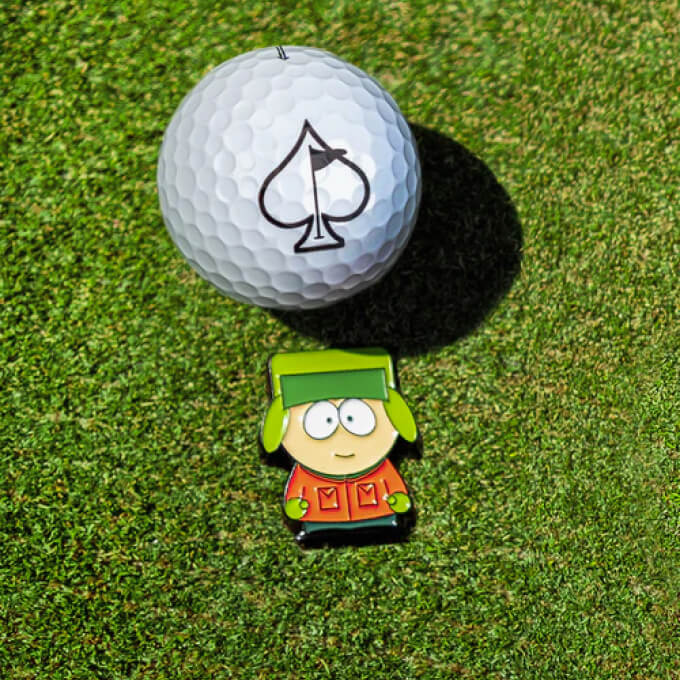Putting backspin on a golf ball is one of those skills that can take your game to the next level, but it often seems like a mystery to beginners and even some intermediate players. Watching the pros hit a shot that lands softly on the course and spins back toward the hole is impressive—and, with the right technique, it’s something you can learn to do too.
So, how exactly do you create backspin? It’s all about understanding the mechanics of your swing, your equipment, and the conditions you're playing in. Here's a guide to help you get the hang of putting backspin on your golf ball, making those shots stick on the green (or rather, the course).
The Basics of Backspin
To create backspin, you need to hit the ball in such a way that it compresses against the clubface while the grooves on your club impart backward rotation. This causes the ball to rise higher, and once it hits the ground, that backspin will cause it to stop or even roll backward.
It sounds simple, but getting the right amount of spin is all about controlling the factors that influence how the ball interacts with the clubface, the swing, and the turf.
Step 1: Choose the Right Club
The type of club you use has a huge impact on your ability to generate backspin. Generally, you’ll want to use a wedge—typically a pitching wedge, gap wedge, or sand wedge—since they have the most loft. Loft helps get the ball airborne with the right spin.
Wedges with fresh, clean grooves are key to maximizing backspin. Worn or dirty grooves won’t grip the ball as effectively, reducing the amount of spin you can generate. Make sure your clubs are in good condition before you even think about hitting that backspin shot.
Step 2: Play a Premium Ball
Not all golf balls are created equal when it comes to backspin. Higher-end, softer golf balls are designed to react better off the clubface and generate more spin. These balls have softer covers that grab the club’s grooves, making them more responsive to the backspin you’re trying to create.
If you're serious about learning backspin, invest in quality golf balls that are designed for performance. Using harder or cheaper balls can make it much harder to get the spin you're after.
Step 3: Ball Position Matters
Where you position the ball in your stance is crucial for generating backspin. For a wedge shot, place the ball slightly back in your stance—closer to your back foot. This helps ensure that you hit down on the ball, compressing it against the turf, which is key for imparting spin.
Hitting down on the ball also creates the contact you need between the grooves of the club and the ball, which will increase your chances of creating backspin.
Step 4: Perfect Your Swing
Backspin is all about the right kind of contact. You need a steep, downward strike on the ball to compress it against the clubface and generate spin. Your swing should have a firm, accelerating follow-through, ensuring that you don't “scoop” the ball (which reduces backspin).
As you swing, maintain good control of the clubhead. A smooth, controlled swing helps create the consistent contact necessary for spin. Remember, the goal is to hit down on the ball while keeping a clean, crisp strike.
Step 5: Pay Attention to Course Conditions
The type of surface you’re hitting from also plays a role in backspin. If you’re hitting from a firm, tightly mown fairway, it’s easier to create backspin because you can get cleaner contact between the clubface and the ball. If you’re hitting from thick rough, backspin becomes much harder to achieve due to the interference of grass between the ball and the grooves on your club.
Similarly, softer greens will allow the ball to grab and spin more easily once it lands, whereas firmer greens will reduce the effectiveness of the backspin. Keep course conditions in mind when planning your shots.
Practice Makes Perfect
Like most things in golf, generating backspin takes practice. Spend some time on the range focusing on the tips above, experimenting with ball position, swing speed, and your club choices. Pay attention to how different factors—like the condition of your wedges, the type of ball you’re using, and the playing surface—affect your ability to spin the ball.
With enough practice, you’ll start to get the feel for what works best in different situations, and you’ll be able to add backspin to your toolkit of golf skills.
Final Thoughts
Creating backspin on a golf ball is a combination of technique, equipment, and practice. By mastering the proper swing mechanics, choosing the right club and ball, and paying attention to course conditions, you can achieve those impressive shots that land softly and stop quickly.
And while you’re working on improving your backspin game, why not upgrade your style and equipment too? Check out Pins & Aces for top-quality golf gear that will not only elevate your game but also ensure you look your best out on the course.



